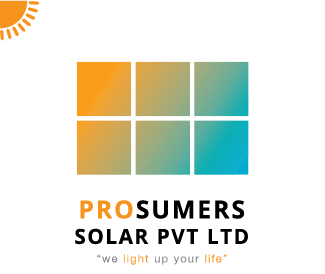A Comprehensive Guide to Solar Financing for Businesses


Empowering Your Business with the Right Choice
Choosing the Right Path to Solar Savings
Investing in solar energy offers significant environmental and financial advantages. However, navigating the costs associated with initial setup and ongoing maintenance can be challenging. Understanding the available financing options is crucial for making an informed decision. This guide examines two main solar financing models: CAPEX (Capital Expenditure) and OPEX (Operating Expenditure), to determine which best suits business needs
Building Value Through Sustainability
A Long-Term Investment for Sustainable Energy Savings
In the CAPEX model, customers invest upfront to own the entire solar PV system, covering panels, inverters, installation, and permits, as well as ongoing expenses like maintenance and repairs, providing long-term control and potential cost savings.
Long-term Savings
Owning a solar or renewable energy system allows businesses to capture the full economic value of the electricity it generates
Increased Returns
Unlike OPEX models, where savings are shared, CAPEX ownership lets businesses keep all financial benefits, boosting long-term solar investment returns
Tax Incentives
Governments offer incentives for solar adoption. Business ownership optimizes these advantages, cutting upfront costs and boosting ROI.
Beyond Ownership, Beyond Upfront Costs
The Long-Term Value Proposition of OPEX Model
In the OPEX model, customers avoid upfront costs by partnering with a solar provider for system ownership, installation, and upkeep. They pay a fixed monthly fee for the electricity generated, easing financial burdens for businesses accessing solar power.
CAPEX vs OPEX
Making the right choice
Budgetary Focus
Long-Term Financial Benefits
Risk Management
Tax Incentives
Experience the Difference
Discover what sets us apart and how we can help you

